Columbiana County is a fascinating place. From prehistoric times to the formation of the United States, Columbiana County has been a part of it all. Traces of chapters past and present can be found here. You’ll want to stop by and learn even more after reading some of the more interesting trivia about the county!
1. Home to one of ohio’s oldest brick buildings
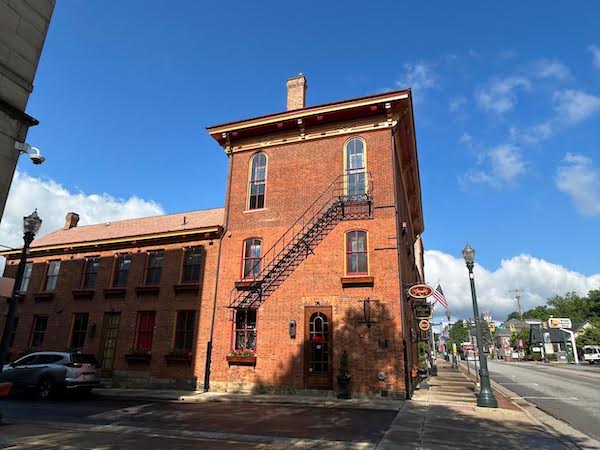
116 West Lincoln Way, Lisbon, OH 44432
Originally constructed as a hotel, 116 West Lincoln Way in Lisbon, Ohio is reputedly one of the oldest brick buildings in the state of Ohio. Built in 1803, the building has had multiple uses over the years. At one point, Edwin Stanton, who would later go on to become Abraham Lincoln’s Secretary of War, briefly practiced law in the building. More recently it’s been home to a vegan restaurant.
2. You can find the “nicest place in america” here
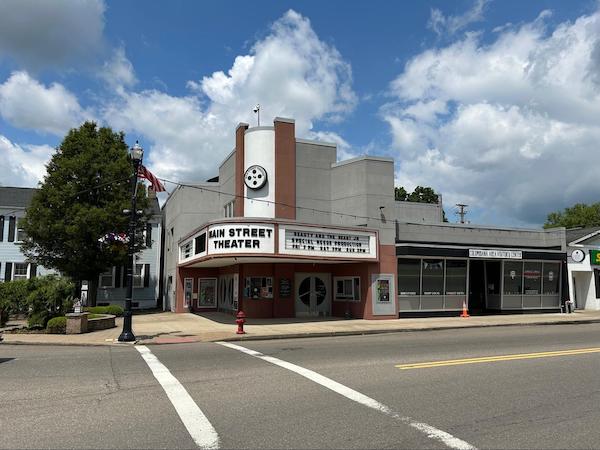
Main Street Theater, Columbiana, OH 44408
In 2019, the city of Columbiana located in the northern portion of the county was named Reader’s Digest’s Nicest Place in America. Columbiana was chosen out of a pool of over 1,000 applicants to earn the honor.
The publication’s Editor in Chief Bruce Kelly gave a glowing review of the city saying, “At a time when some Americans are questioning their trust in each other, Columbiana has the answer: Nobody will ever get left behind.”
Visit Columbiana’s restaurants, shopping, park, and golf courses for yourself and see what makes it so special.
3. Stomping grounds for johnny appleseed
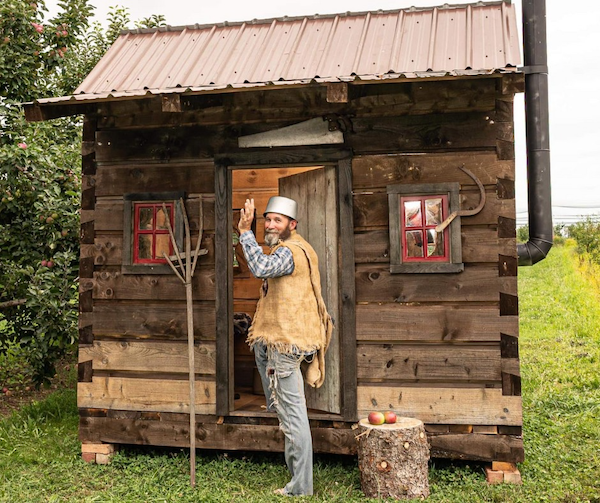
2023 Johnny Appleseed Festival, Lisbon, OH
Photo Credit: Tina Cutright, Reflections of Time Photography
Though you might think of Johnny Appleseed as a legendary folk hero like Paul Bunyan, the historic Johnny Appleseed was a real person named John Chapman who has a connection to Columbiana County.
Contrary to his fictional persona, John Chapman didn’t just plant apple trees randomly wherever he went. In reality, Chapman thoughtfully created apple tree nurseries in various locations around Pennsylvania and Ohio including Lisbon, the county seat of Columbiana County.
Every year Lisbon celebrates its connection to Johnny Appleseed with a festival full of live music, a parade, handmade goods, and plenty of apple dumplings!
4. birthplace of harvey firestone
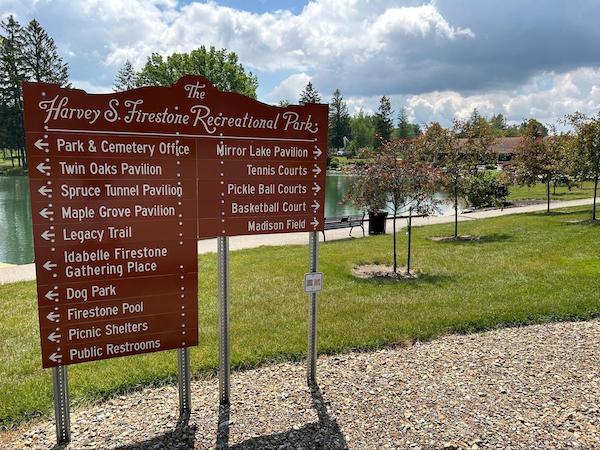
Firestone Park, Columbiana, OH 44408
Along with Henry Ford and Thomas Edison, Harvey Firestone was considered one of the three most significant industrial leaders of his era. Born in Columbiana, Ohio in 1868, Firestone went on to found Firestone Tire and Rubber Company which became a global leader in manufacturing tires.
Today, there are many references to Mr. Firestone around Columbiana including the Firestone Farms business and shopping center which even includes a partial recreation of Harvey’s childhood home.
Firestone Park, also located in the city of Columbiana, was made possible by donations of land and funds from Harvey Firestone. It’s home to the annual “Joy of Christmas” light show and a favorite spot for locals and visitors alike.
After his death, Harvey was buried at Columbiana Cemetery which contains the Firestone Family Memorial.
5. former pottery capital of the world
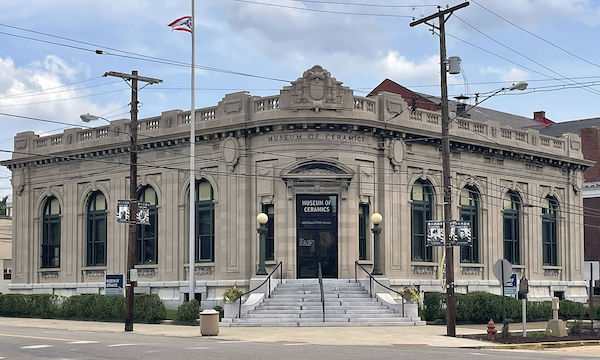
Museum of Ceramics, East Liverpool, OH 43920
Photo Credit: 636Buster, CC BY-SA 4.0, via Wikimedia Commons
Most people associate eastern Ohio’s economic history with rust belt industries like steel production and coal mining. Youngstown was famously a major steel producer in the mid 20th century. Columbiana County’s city of East Liverpool, which is located in the southeastern part of Columbiana County, was once known for a different type of industry – pottery production.
Once known as the “Pottery Capital of the World”, by the year 1900, half of all dinnerware in America was made in East Liverpool and over 200 potteries called East Liverpool home through the years.
Though pottery is no longer the economic engine of the area, there is still one dinnerware manufacturer located in East Liverpool, Michael Harris Dinnerware, which mostly focuses on producing pieces for the restaurant and hotel industries. The city is also home to the Museum of Ceramics and the Tri-State Pottery Festival.
6. the northernmost county confederate troops reached during the civil war
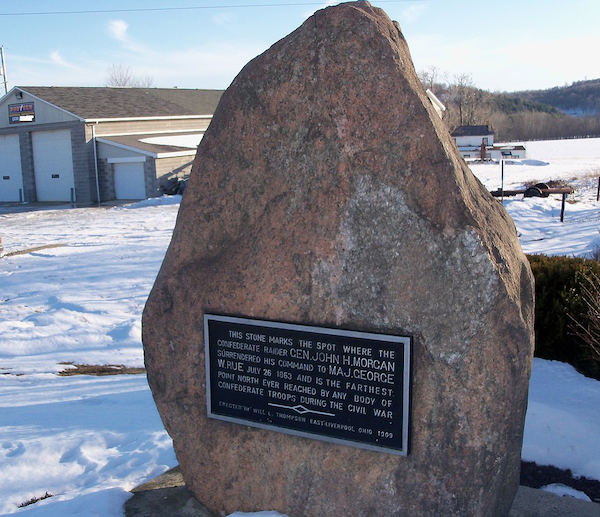
Gen. John H. Morgan Surrender Marker, West Point, Columbiana County, OH
Though neighboring state Pennsylvania is more closely associated with the Civil War than Ohio, Union troops engaged with Confederate forces on two occasions in the Buckeye State, one of which took place in Columbiana County.
A campaign known as “Morgan’s Raid” met its end in Columbiana County. The raid involved General Morgan leading nearly 2,500 troops across various locations in Indiana and Ohio, primarily as an attempt to force Union leadership to pull their forces away from the front lines. Morgan’s forces suffered many casualties throughout the campaign. By the time Morgan’s forces reached Salineville in Columbiana County, they were down to only about 400 men. They were met by General J.M. Schackelford’s Cavalry. Morgan’s troops were able to evade capture for a short time, but eventually surrendered to a local militia captain and would later be officially taken into custody by Major General George W. Rue on July 26, 1863.
The location where Morgan surrendered to General Rue is marked on a large rock east of West Point, Ohio.
7. we have one of the shortest covered bridges in the country
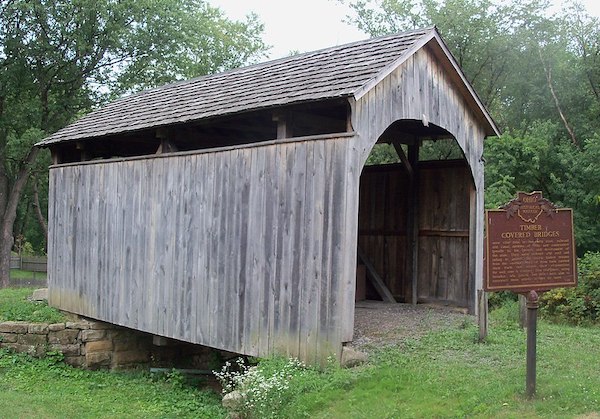
Church Hill Bridge, Elkrun Township
Photo Credit: Roseohioresident, CC BY-SA 3.0, via Wikimedia Commons
At only 19 feet and 3 inches long, Church Hill Bridge in Columbiana County’s Elkrun Township is “the shortest covered bridge in the United State still standing on a once-used public highway.” While technically not the shortest bridge in the United States, it’s amazing that this tiny bridge has withstood the test of time. The bridge was moved decades ago and is currently located near the former Lock 24 Restaurant in Elkton. The bridge is open to the public and can be viewed just off of State Route 154.
Though they don’t all have the uniqueness of being “the shortest”, Columbiana County is actually home to 5 covered bridges. These include the Thomas J. Malone Bridge which is a 42-foot bridge located in Beaver Creek State Park, the popular Teegarden-Centennial Covered Bridge south of Salem, the McClellan Covered Bridge which crosses the Little Beaver Creek River southwest of Lisbon, and a covered bridge located at Scenic Vista Park.
8. a famous bank robber met his end in columbiana county
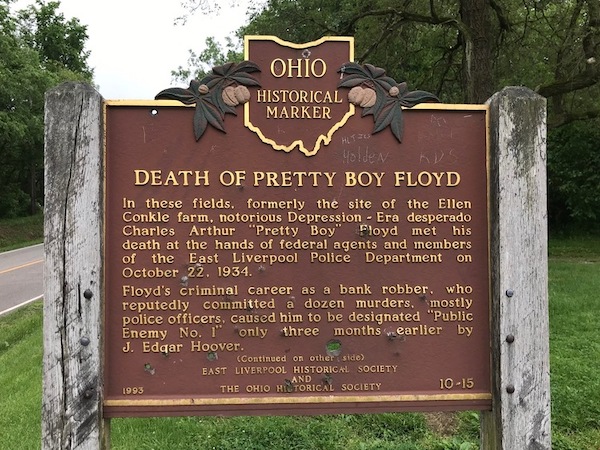
Pretty Boy Floyd Historical Marker
Photo credit: Ohio Department of Natural Resources
Charles Arthur Floyd, better known as “Pretty Boy Floyd”, was a famous bank robber who was shot and killed by FBI agents in East Liverpool, Ohio in 1934.
Floyd was originally from Oklahoma but robbed banks around the midwest including in Kentucky, Michigan, and Ohio. Notably, he also committed over a dozen murders leading to his designation as “Public Enemy No.1” by the FBI.
Today, there is a historical marker located near East Liverpool, within the boundaries of Beaver Creek State Park, commemorating the death of Floyd.
9. beginning of the northwest territory
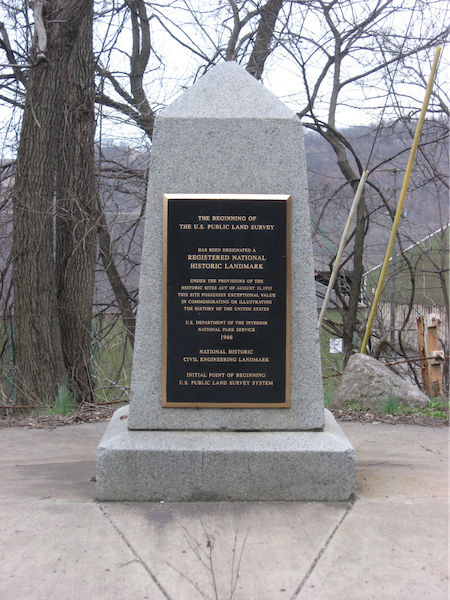
The Beginning of the U.S. Public Land Survey Registered Historic Landmark
The United States began formally surveying the land known as the Northwest Territory at a point located in the Ohio/Pennsylvania border just outside of East Liverpool. The exact point is currently underwater today, but you can visit a commemorative marker just next to the spot in East Liverpool. The point is also part of the Lewis and Clark National Historic Trail, which follows Lewis and Clark’s expedition from 1803-1806.
10. a key center for women’s rights
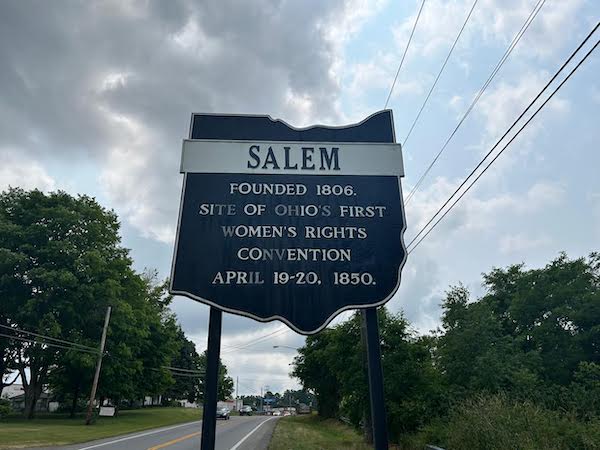
Columbiana County has strong ties to the Women’s Rights movement of the mid-1800s. The city of Salem was home to the first statewide Women’s Rights Convention in 1850. It was the first attempt to change a state constitution to allow women to vote. It was convened and led by women-only.
Salem was a perfect home for this type of gathering as many of its residents were interested in reform activities. Notably, a group of Quakers in Salem known as the “Progressive Friends” left another branch of Quakerism specifically so they could advocate for issues like abolition and suffrage.
11. an important stop on the underground railroad
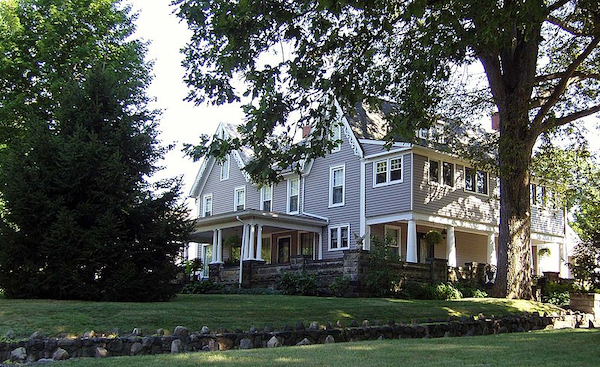
Home of Abolitionist Daniel Howell Hise, Salem, OH 44460
Photo Credit: BFDhD at en.wikipedia, CC BY-SA 3.0, via Wikimedia Commons
As mentioned above, Salem, Ohio was home to many abolitionists and became an important stop on the Underground Railroad too. Several houses in the city were used as safe passage for enslaved people moving north. One of the most notable sites in Salem is the home of abolitionist Daniel Howell Hise which is still intact today, but not open to the public.
Another interesting Columbiana County connection to abolitionism is The Bugle. The Bugle was a newspaper created by the Ohio American Anti-Slavery Society. The group began publishing the paper in Lisbon in June 1845, but six weeks later moved the publication to Salem. The last issue of the weekly was May 1861 but production officially ceased in 1863 when its primary goal was met with the Emancipation Proclamation.
If you’re interested in learning more about Salem’s connection to this important time in history, be sure to contact the Salem Historical Society or visit their website. They offer Underground Railroad Tours of the city and have a museum which contains various artifacts from the era including original copies of The Anti-Slavery Bugle.
12. lou holtz’s hometown is here
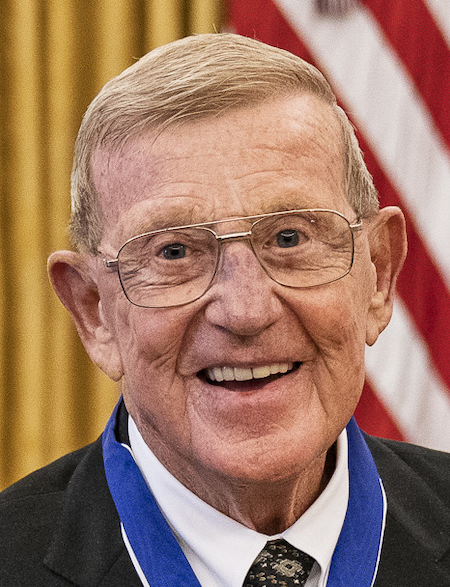
Former football coach and broadcaster Lou Holtz grew up in East Liverpool, Ohio. Holtz is known for his well-decorated 34-year coaching career. Some of his coaching highlights include leading the powerhouse Notre Dame Fighting Irish to a national championship in 1988 as well as coaching the NFL’s New York Jets for a season. In more recent years, Holtz was most known for his work on CBS and ESPN as a college football analyst. In 2020, Holtz received the presidential medal of freedom which is the highest civilian honor in the United States.
13. home to three carnegie libraries
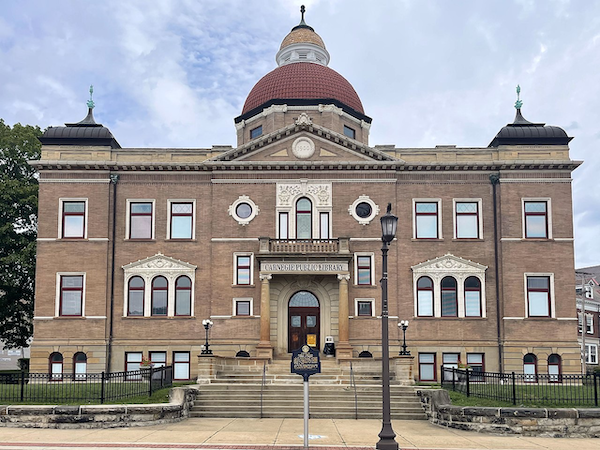
Carnegie Public Library, East Liverpool
Photo Credit: 636Buster – Own work, CC BY-SA 4.0
Most people are familiar with some of the steel tycoon Andrew Carnegie’s philanthropic efforts. Some of the more notable places that bear his name include Carnegie Hall, Carnegie Mellon University, and the Carnegie Science Center in Pittsburgh. However, you might not know that Carnegie also provided funding for thousands of libraries across the United States.
In Ohio, Carnegie funded 104 public libraries and three of them are located in Columbiana County in Wellsville, Salem and East Liverpool. In fact, the East Liverpool library, built in 1902, was the first Carnegie library in the state. Carnegie had relatives in East Liverpool that he would visit frequently, leading to it being the first location for him to fund a library. The Salem Library Company, started in 1814 was the first in Columbiana County. Various library groups moved from place to place until, with Carnegie’s funding, Salem opened a permanent building in 1905.
13. life is a highway through columbiana county
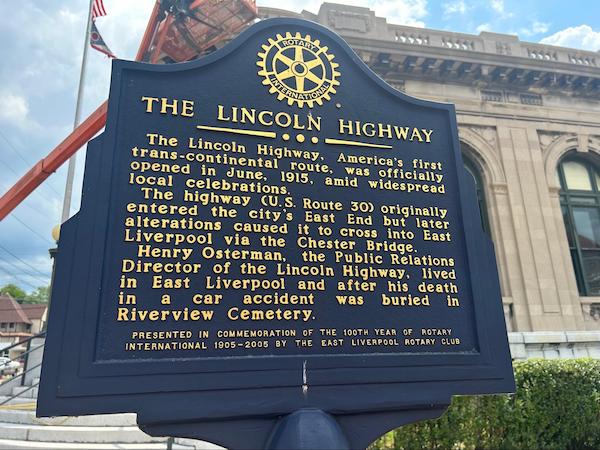
America’s first transcontinental roadway, the Lincoln Highway, more commonly known as Route 30 today, passes through Columbiana County. The route, which first opened in 1913, goes from New York to San Francisco for a total of 3,000 miles in length. A memorial marker commemorating the route’s significance can be found in East Liverpool.
14. columbiana county inventors helped bring us the modern drinking straw

Around the turn of the 20th century, inventors Louis H. Britton and H.W. Morrow filed patents in Lisbon, Ohio that would eventually help us sip our favorite beverages with ease today! While the plastic flexible drinking straw that we all know was invented later, Britton and Morrow paved the way for those innovations with their ideas for an improved “sucker” (as they called their version of the straw), as well as coming up with a machine to create these devices.
Their “sucker” was a straight tube, but was flattened at one end almost like an instrument reed. This flattened part was meant to improve the sipping experience by preventing the contents of your mouth from flowing back into your drink. Surprisingly, that feature has not stuck around.
Though people have used reeds, rye grass, and other natural tubes to drink beverages for thousands of years, Britton and Morrow’s innovations helped move us closer to the delightful sipping devices we have today. Information about their innovations is preserved by the Lisbon Historical Society.
We hope you enjoyed some of this fun trivia about Columbiana County, Ohio. Discover your own fun tidbits about the county on your next visit!
